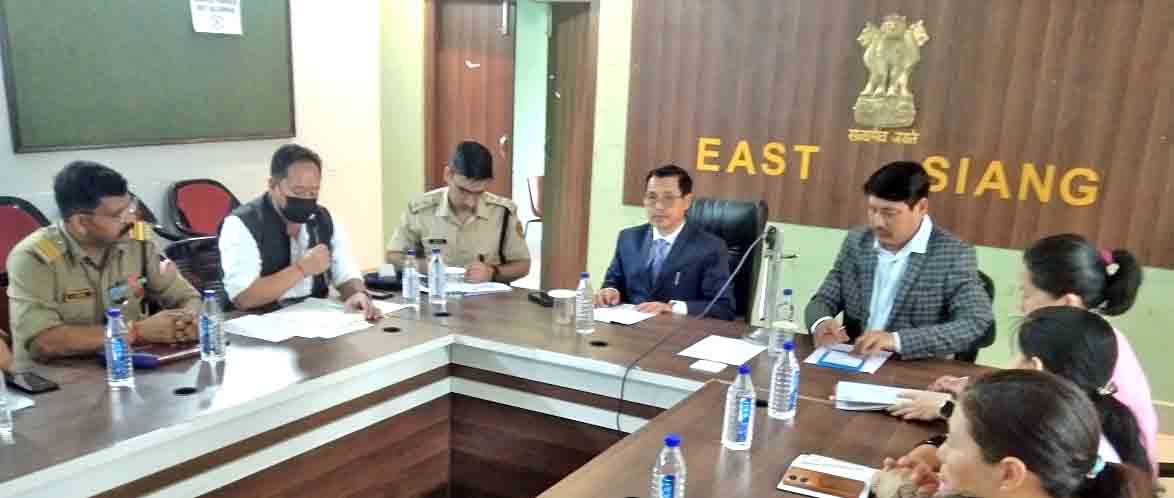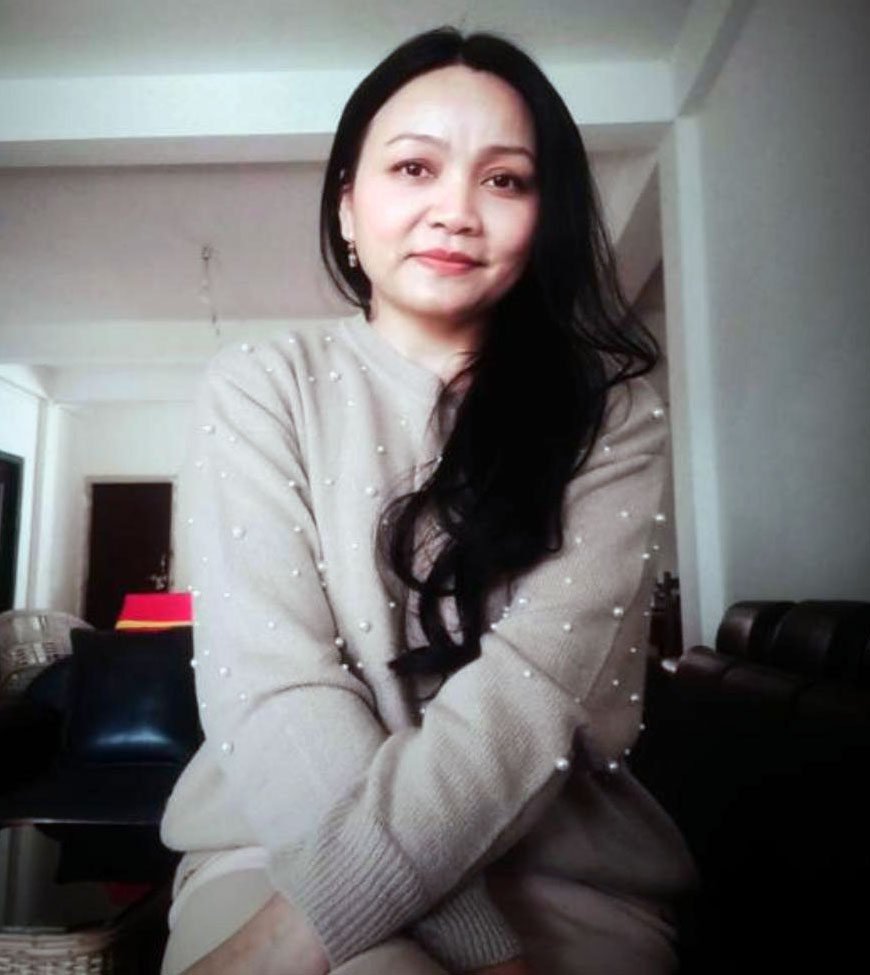-
 Governor emphasises on using technology on the ground
Governor emphasises on using technology on the ground
-
AAPSU stops debate on Chakmas at Rajiv Gandhi University
-
 East Siang DA takes stock of monsoon preparedness
East Siang DA takes stock of monsoon preparedness
-
 Veterans Service Kendra inaugurated at Pasighat
Veterans Service Kendra inaugurated at Pasighat
-
Income Tax department conducts outreach program
-
.jpg) Program on empowering LGBTQ+ concludes at American Center Kolkata
Program on empowering LGBTQ+ concludes at American Center Kolkata
-
Governor extends May Day greetings
-
APCC alleges “compromised” voting; seeks repoll at Dingsar, Lingi polling…
-
Arunachal presents update on harnessing geothermal energy
-
Yoga classes for elders held
Private schools preferred choice as pandemic exposes qualitative divide
ES Newsdesk
ITANAGAR, Nov 4: The 15th Annual Status of Education Report (ASER 2020 Wave 1) released online last week which has provided a qualitative as well as quantitative assessment of the existing school education scenario in the country particularly in the context of the pandemic along with state-wise information, has found that the parents of school-level students in Arunachal Pradesh is gradually losing faith in state-government-run schools and are preferring private schools as the first choice for their children’s school education, which is almost opposite vis-à-vis the national trend.
The report based on a pan-India survey conducted in September 2020 containing insightful findings on the broad parameters such as School Enrolment Pattern, Household Resources, Home Support for Learning, Access to Learning Materials & Activities and Children’s Engagement with Learning Materials & Activities have reflected extensive drawbacks of government schools in the state that have actually amplified during the pandemic-induced lockdown(s) when the schools have to go for an indefinite closure.
In terms of ‘School Enrolment Pattern’, which is actually a comparative analysis of the ASER 2018 data with that of the current (2020) one, at the all-India level, when there is a shift from private to government schools with boys’ enrolment rising from 62.8% in 2018 to 66.4% in 2020 and for girls from 70% to 73% during the same period, in Arunachal Pradesh the opposite is happening with the proportion of boys enrolled in private schools increasing from 40.7% in 2018 to 47.2% in 2020 and for girls, from 36.1% in 2018 to 46.3% in 2020.
Regarding ‘Access to Learning Materials & Activities’, a factor which has assumed importance during the schools’ closures and takes into account both the traditional learning materials like textbooks or worksheets and the new ones like live online or recorded classes and videos or other materials shared via smartphones or in person, it has been found that in Arunachal less than 40% children enrolled in government school received learning materials and activities from their schools which is significantly lower than the private schools’ figure which is 62.4%. In this new online teaching-learning environment, WhatsApp has emerged as the most common medium through which activities and materials were received and in the state, 93.7% of children who had received some material, received through it.
With the intention of ascertaining the quantum of ‘learning loss’ due to prolonged absences and the extent of usability of tools such as textbooks and worksheets at homes, the head ‘Children’s Engagement with Learning Materials & Activities’ have found that in Arunachal Pradesh, much higher proportions of private school children did their learning activities using textbooks (66.4%) and worksheets (46.8%) than the government school children- textbooks (50%) and worksheets (19.8%). When the issue of access to online resources has become hugely important in the current changing school education landscape, the report has unearthed that in the state, 39% private school children have had the opportunity to watch live videos or pre-recorded classes compared to their government school counterparts where it was significantly lower at 26%.
Throwing light on the parameter of ‘Home Support for Learning’, the ASER 2020 data shows that regardless of parents’ education level, families have been trying hard to invest significant efforts in supporting their children’s learning. While the noticeable national feature is that the children with more educated parents have received more family support than those with less educated parents (e.g. 54.8% of children whose parents had completed Std V or less received some form of family support as compared to 89.4% of children whose parents had studied beyond Std IX), in Arunachal 94.7% children who had both parents with educational background of Std IX or above had received some support for learning at home. Giving details on the head ‘Household Resources’ comprising people who can help the children to study (for example, educated parents), technology (TV, radio or smartphone) or materials (such as textbooks of current grade etc.), the report has found that in Arunachal Pradesh, around 32% children had both the parents who had studied beyond Std. IX and in terms of possession of current grade textbooks, it is 77.6% which is lower than the national average of more than 80%. But in an encouraging sign, the proportion of children whose families own a smartphone has increased significantly from 57.3% in 2018 to 81.1% in 2020 in the state.
The ASER 2020 report which has captured the effects of the pandemic on schooling and learning opportunities of children across the country has been based on a phone-based survey conducted in 26 states and 4 Union Territories covering a total of 52,227 households and 59,251 children in the age group of 5-16 years, as well as teachers or head teachers from 8,963 government schools offering primary grades.
In Arunachal Pradesh, it covered 8 districts out of the 16 ‘Census 2011 Actual Districts’ ( Surveyed Villages-202; Sampled Households -1409; Households Connected -637; Surveyed Households- 428; Total number of children covered (5-16 years age)- 480 with the break-up: Std. 1 to 2-93, Std. 3 to 5- 132, Std. 6 to 8- 131 and Std. 9 to 12-79.

Kenter Joya Riba
(Managing Editor)She is a graduate in Science with post graduation in Sociology from University of Pune. She has been in the media industry for nearly a decade. Before turning to print business, she has been associated with radio and television.
Email: kenterjoyaz@easternsentinel.in / editoreasternsentinel@gmail.com
Phone: 0360-2212313

